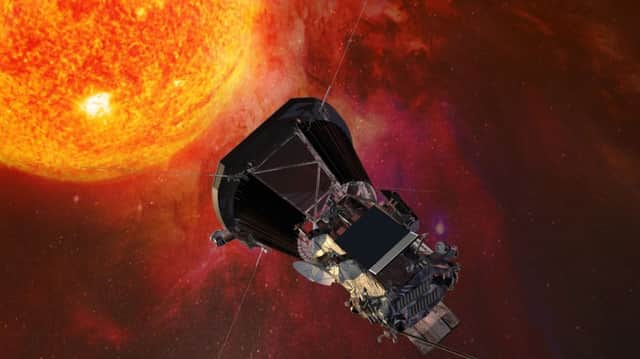Leader comment: Mankind sets sights on the Sun


In spite of all we now know about our universe, the US space agency and its counterparts around the world have long been frustrated by how the Sun has closely guarded its secrets. But the Parker Solar Probe mission, scheduled to launch in 2018, promises to change all that.
In what is humanity’s first mission to visit a star, the pioneering undertaking will seek to unlock the mysteries at the centre of our solar system, such as the origins of solar winds and why the Sun’s outermost layer is hotter than its surface.
Advertisement
Hide AdAdvertisement
Hide AdThe findings, Nasa believes, could have far-reaching implications for how to forecast weather events in space which impact on life on Earth.
At £1.1bn, the seven-year project is eye-wateringly expensive, though if the mission is successful, those costs will be far outweighed by crucial insights into the star that gives us light and heat.
The world will be watching on in wonder and hope as the probe begins its journey next summer.